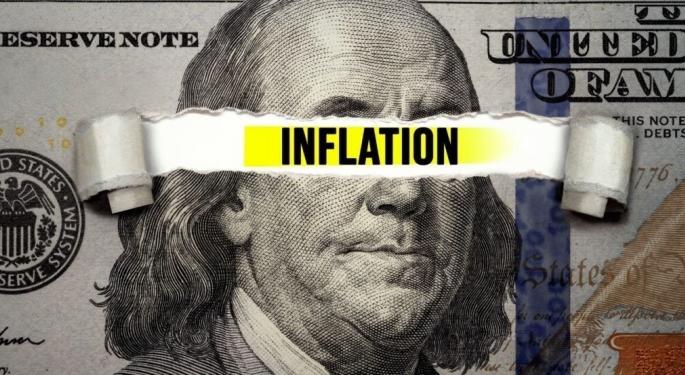Trump's Inflation Honeymoon Is Over—And Powell's Patience Pays Off
The inflation lull that helped President Donald Trump keep pressure on the Federal Reserve is over as June's data show the tariffs are finally hitting consumer prices—and Fed Chair Jerome Powell was wise to hold his ground.
The most closely watched inflation gauge by the central bank, the Personal Consumption Expenditures (PCE) price index, jumped to 2.6% year-over-year, up from 2.3% in May and topping expectations of 2.5%. That's the highest annual rate since February.
Core PCE, which strips out food and energy and directly informs the Fed's rate decisions, held firm at 2.8%, unchanged from the upwardly revised May reading and above forecasts of 2.7%, underscoring the persistence of underlying inflation.
On a monthly basis, both headline and core inflation rose 0.3%, accelerating from 0.2% the prior month.
These sequential increases suggest a broadening in price pressures, consistent with the delayed impact of tariffs imposed earlier this year.
Consumer Spending Still Strong, No Signs Of Stress From Labor Market
Despite hotter inflation, there's no evidence yet of weakening demand.
Personal spending climbed 0.3% month-over-month, up from a flat reading in May, though slightly below the 0.4% forecast.
Personal income increased 0.3%, bouncing back from a 0.4% drop in May and beating expectations of a 0.2% gain, indicating that households remain in solid financial shape.
Weekly jobless claims came in at 218,000 for the week ending July 26, basically unchanged from the previous week and better than the 224,000 expected. Continuing claims also surprised to the downside at 1.946 million, below the forecast of 1.96 million.
The data reinforces Powell's argument that a "modestly restrictive" policy stance remains appropriate—and that the Fed was right not to pre-commit to a rate cut in September, despite relentless pressure from the White House.
For now, the Federal Reserve has room to breathe. But as the next rounds of jobs and inflation data approach, the case for easing—or staying put—will only grow more complex.
Following Thursday's hotter-than-expected PCE inflation report, markets now assign just a 39% chance of a September rate cut—down sharply from 65% before the Fed's decision on Wednesday.
The U.S. dollar index – as tracked by the Invesco DB USD Index Bullish Fund ETF (NYSE:UUP) – has rallied for five straight sessions thus far. Another gain today would extend the longest winning streak since August 2023.
Read Next:
Photo: Shutterstock
© 2025 Benzinga.com. Benzinga does not provide investment advice. All rights reserved.
Posted-In: Macro Economic Events Currency ETFs Forex Econ #s Top Stories Economics Federal Reserve ETFs



